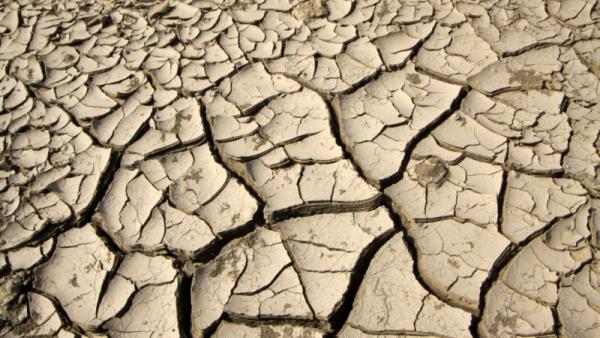junrong / Shutterstock

Muyi Yang, Adjunct Fellow, Australia-China Relations Institute, University of Technology Sydney |
| Xing Zhang, senior analyst, Centre for Research on Energy and Clean Air |

Xunpeng Shi, Research Principal, Australia-China Relations Institute, University of Technology Sydney |
This article appeared in the South China Morning Post on September 14 2022.
China has the fastest-growing clean energy capacity in the world yet faces recurring power shortages. This seeming paradox is really a sign that its clean power transition is approaching a critical tipping point – its entire power system needs to be rebuilt for the energy transition to advance.
After months of record-setting heatwaves, China’s energy planners are facing one of their toughest challenges yet. In the first seven months of the year, they added an incredible 53 gigawatts of wind and solar power capacity across the country, roughly equivalent to India’s total wind and solar capacity build-up since the mid-2010s.
This has helped drive a 22 percent increase in wind and solar generation this year, reaching 700 terawatt hours (TWh). China now generates more than enough wind and solar energy to power Germany for a year.
But even with these dramatic increases, energy planners are still looking at a power shortage that could slow not only China’s energy transition but also the global manufacturing industry.
Meanwhile, coal still powers roughly 60 percent of the nation’s energy, generating about 5,000 TWh last year. With expectations for a rapid increase in electricity demand in the next couple of years, China’s coal use may continue to expand until close to 2030.
This is unfortunate, because the challenge of meeting increasing energy demand while combating the climate crisis is not only about building more clean power. It is also about shifting the energy system itself – ultimately, China needs to rebuild its energy grid around clean energy.
Last September, China experienced its worst power crisis in a decade. Coal supply shortages, combined with a drought across the southwest and a lack of wind in the northeast, led to energy shortages that affected two-thirds of provinces, forcing factories to shut and leaving many households in the dark.
This August, China faced a similar energy crisis. Record heatwaves pushed up demand for air conditioning while scant rainfall caused substantial gaps in electricity supply in hydropower-reliant southwest provinces such as Sichuan.
To fill the supply gap, Sichuan’s thermal power plants ran at full capacity. But these account for only a small portion of the power fleet, so their full operation only partly alleviated the supply crisis.
After two energy crises in as many years, it’s clear that China’s system is in dire need of a major overhaul, especially as clean power capacities continue to grow.
When China’s power system was built, it wasn’t designed to accommodate large amounts of variable clean power that need to be balanced out flexibly. As the country’s clean power transition advances, this power system also needs to evolve to better respond to abrupt fluctuations in clean power, especially during long-lasting extreme weather.
This is not only an issue for China. Heatwaves, droughts and storms are also testing the resilience of power systems in Europe and the United States.
Rebuilding the system around clean power is not easy, and the right balance will have to be struck between ensuring the security of energy and addressing the climate crisis.
It starts with building more battery storage and pumped hydropower, as well as investing in smarter and more flexible grid technology. It also includes reforms for the electricity markets and incentives for more active demand-side response. Emerging technologies like hydrogen are also likely to play a role in supporting energy grids by providing additional long-term storage capacity.
These will all be critical to transforming the power system over the next decades.
But China’s energy planners also need to avoiding walking into another energy crisis for a third straight year. To do so, they may want to transition the country’s large coal fleet to play a more supportive role across the system. This could mean repurposing some coal power plants to provide a faster backup response as an insurance against sudden shortfalls in clean power.
But this shouldn’t be seen as an excuse for another coal power rush. We firmly believe that new coal power plants should only be pursued when all other options available in the short term have been exhausted.
To balance energy security and emissions reductions, energy planners should first look at how additional capacity can be squeezed out of the existing system, before contemplating any new coal plants.
As an example, raising the air-conditioning temperature by just one degree in office buildings and shopping centres on hot days could significantly relieve the summer stress on the energy grid.
This is just one of many quick options that planners can consider as they rebuild China’s power system to meet the developmental aspirations of the country while securing a clean electricity future as quickly as possible.
Authors
Dr Muyi Yang is a researcher at the Australia-China Relations Institute, University of Technology Sydney.
Dr Xing Zhang is a senior analyst at the Finland-headquartered Centre for Research on Energy and Clean Air.
Professor Xunpeng Shi is Research Principal at the Australia-China Relations Institute, University of Technology Sydney.


